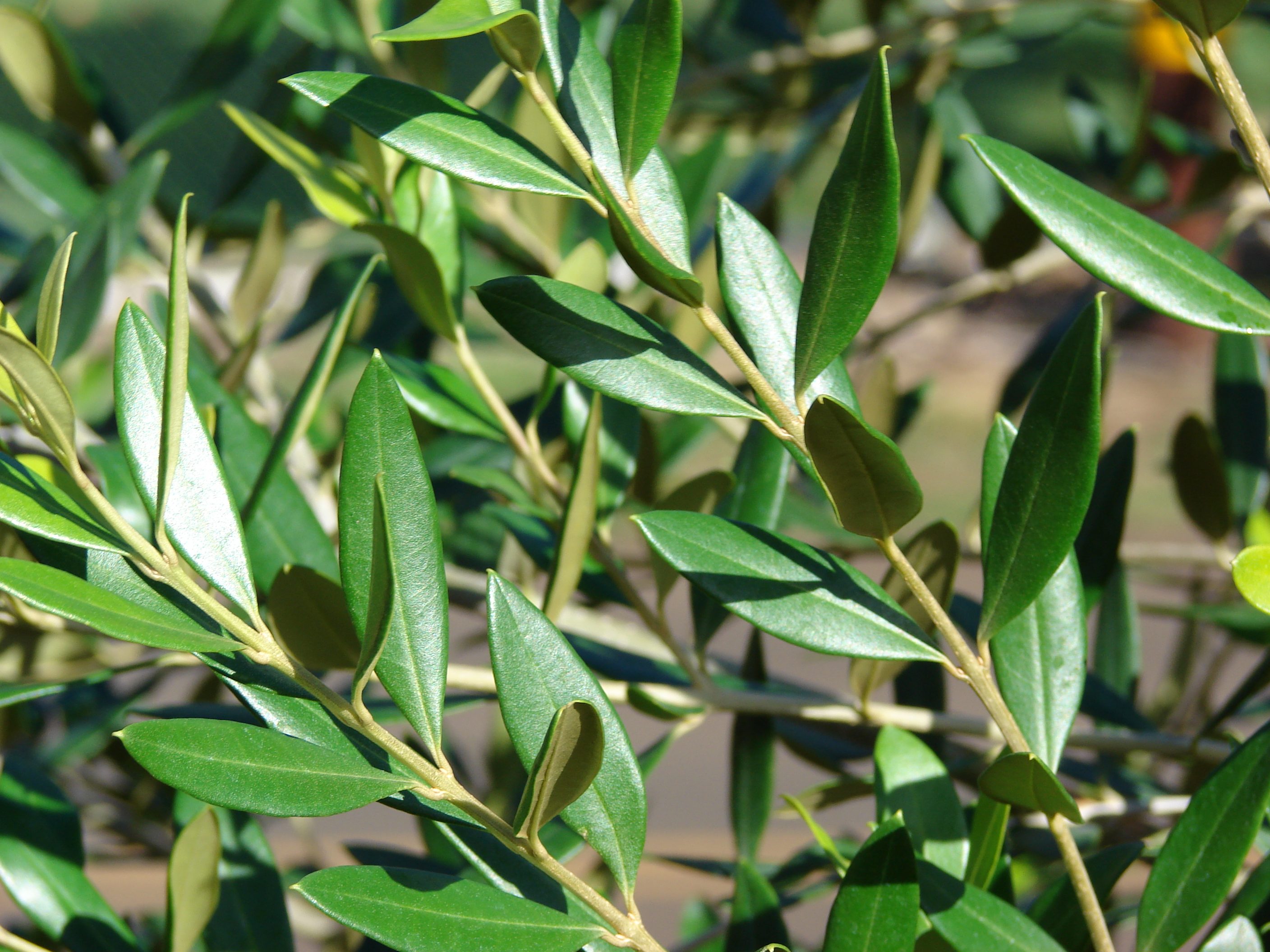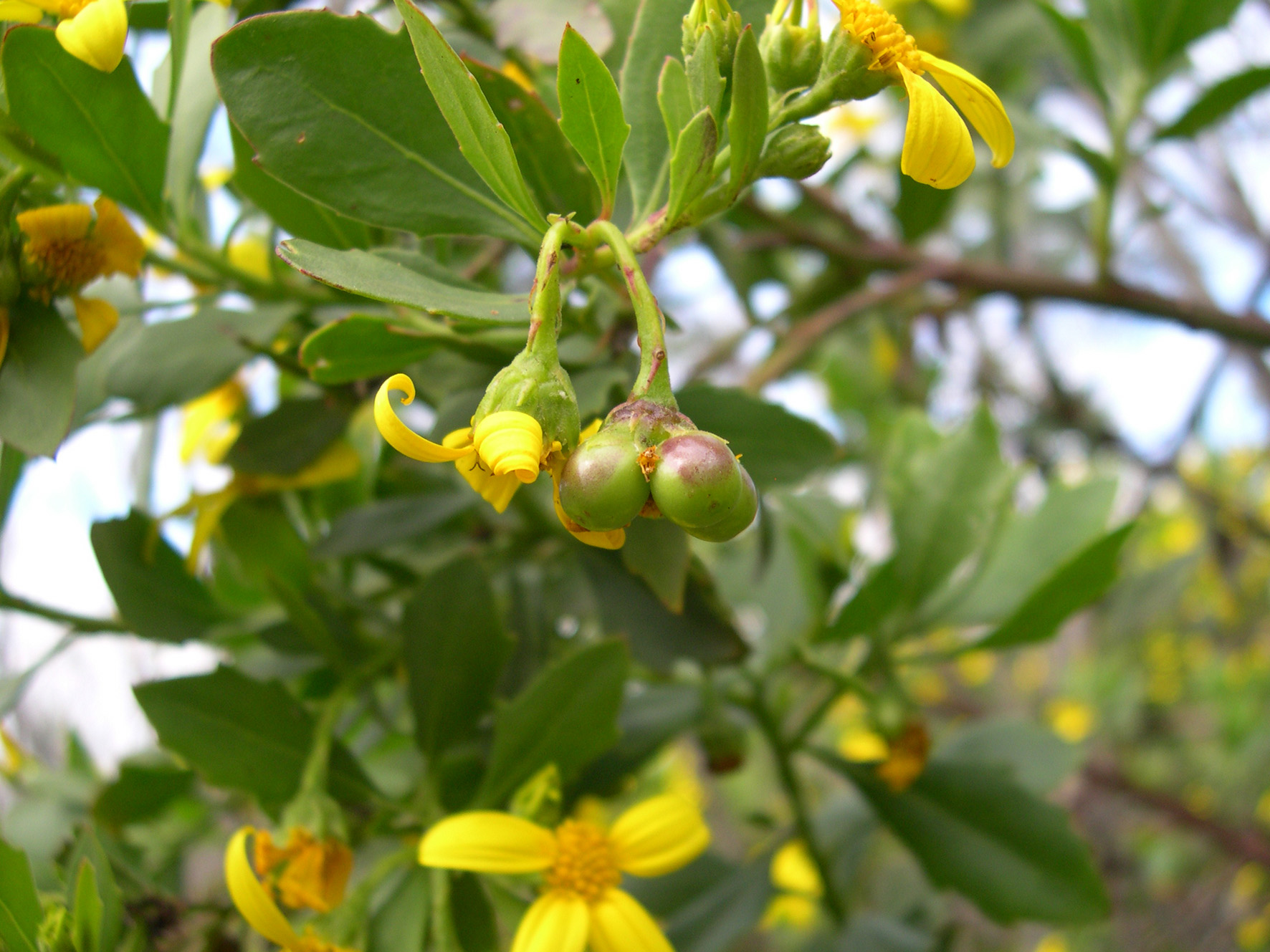|
Pimelea Spicata
''Pimelea spicata'', commonly known as the spiked rice flower, is a flowering plant in the family Thymelaeaceae and is endemic to New South Wales. It is a slender plant with white flowers and elliptic leaves. Description ''Pimelea spicata'' is a slender upright or decumbent shrub to high with smooth stems. The leaves elliptic to narrowly elliptic, arranged opposite, long, wide, and pointed to rounded at the apex. The flowers are in terminal spikes up to long, single flowers about long, tubular with four rounded spreading petals, white or sometimes pinkish, borne in racemes, crowded when young, elongated at maturity, on a smooth peduncle long at maturity. Flowering occurs mostly from August to December and the fruit is a small, green, narrowly egg-shaped nut about long. Taxonomy and naming ''Pimelea spicata'' was first formally described in 1810 by Robert Brown and the description was published in ''Prodromus Florae Novae Hollandiae''. The specific epithet (''spicata'') ... [...More Info...] [...Related Items...] OR: [Wikipedia] [Google] [Baidu] |
Robert Brown (botanist, Born 1773)
Robert Brown (21 December 1773 – 10 June 1858) was a Scottish botanist and paleobotanist who made important contributions to botany largely through his pioneering use of the microscope. His contributions include one of the earliest detailed descriptions of the cell nucleus and cytoplasmic streaming; the observation of Brownian motion; early work on plant pollination and fertilisation, including being the first to recognise the fundamental difference between gymnosperms and angiosperms; and some of the earliest studies in palynology. He also made numerous contributions to plant taxonomy, notably erecting a number of plant families that are still accepted today; and numerous Australian plant genera and species, the fruit of his exploration of that continent with Matthew Flinders. Early life Robert Brown was born in Montrose on 21 December 1773, in a house that existed on the site where Montrose Library currently stands. He was the son of James Brown, a minister in the ... [...More Info...] [...Related Items...] OR: [Wikipedia] [Google] [Baidu] |
Asparagus Asparagoides
''Asparagus asparagoides'', commonly known as bridal creeper, bridal-veil creeper, ''gnarboola'', smilax or smilax asparagus, is a herbaceous climbing plant of the family Asparagaceae native to eastern and southern Africa. Sometimes grown as an ornamental plant, it has become a serious environmental weed in Australia and New Zealand. Taxonomy Linnaeus first described this species as ''Medeola asparagoides'' in 1753. It has been reclassified in the genus ''Asparagus'' by W. Wight in 1909, or ''Myrsiphyllum'' by Carl Ludwig von Willdenow in 1808. Description ''Asparagus asparagoides'' grows as a herbaceous vine with a scrambling or climbing habit which can reach 3 m (10 ft) in length. It has shiny green leaf-like structures (phylloclades) which are flattened stems rather than true leaves. They measure up to 4 cm long by 2 cm wide. The pendent white flowers appear over winter and spring, from July to September. It is rhizomatous, and bears tubers which reach ... [...More Info...] [...Related Items...] OR: [Wikipedia] [Google] [Baidu] |
Pimelea
''Pimelea'', commonly known as rice flowers, is a genus of plants belonging to the family Thymelaeaceae. There are about 150 species, including 110 in Australia and thirty six in New Zealand. Description Plants in the genus ''Pimelea'' are herbs or small shrubs usually with leaves arranged in opposite pairs. The leaves are usually paler on the lower surface and the petiole is usually very short. The flowers are usually arranged in groups on the ends of the branches and have no petals but four petal-like sepals and two stamens. The ovary has a single ovule and the fruit is usually a nut containing a single seed. Taxonomy and naming The genus ''Pimelea'' was first formally described in 1788 by Joseph Gaertner from unpublished descriptions by Joseph Banks and Daniel Solander. The first species Gaertner described was ''Pimelea laevigata'', now known as ''Pimelea prostrata''. The name ''Pimelea'' is from the Ancient Greek word ''pimele'' meaning "fat or "lard", possibly referring ... [...More Info...] [...Related Items...] OR: [Wikipedia] [Google] [Baidu] |
Malvales Of Australia
The Malvales are an order of flowering plants. As circumscribed by APG II-system, the order includes about 6000 species within 9 families. The order is placed in the eurosids II, which are part of the eudicots. The plants are mostly shrubs and trees; most of its families have a cosmopolitan distribution in the tropics and subtropics, with limited expansion into temperate regions. An interesting distribution occurs in Madagascar, where three endemic families of Malvales (Sphaerosepalaceae, Sarcolaenaceae and Diegodendraceae) occur. Many species of Malvaceae ''sensu lato'' are known for their wood, with that of ''Ochroma'' (balsa) being known for its lightness, and that of ''Tilia'' (lime, linden, or basswood) as a popular wood for carving. Fruit of the cacao tree (''Theobroma cacao'') are used as an ingredient for chocolate. Kola nuts (genus ''Cola'') are notable for their high content of caffeine and, in past, were commonly used for preparing of various cola drinks. Other well-k ... [...More Info...] [...Related Items...] OR: [Wikipedia] [Google] [Baidu] |
Ligustrum Lucidum
''Ligustrum lucidum'', the broad-leaf privet,Weed profile: Privet New South Wales Department of Primary Industries Chinese privet glossy privet, tree privet or wax-leaf privet, is a of in the olive Oleaceae, to the southern half of China and naturalize ... [...More Info...] [...Related Items...] OR: [Wikipedia] [Google] [Baidu] |
Olea Africana
''Olea europaea'' subsp. ''cuspidata'' is a subspecies of the well-known olive tree ('' Olea europaea''), which until recently was considered a separate species (''Olea africana'') and is still mentioned as such in many sources. Native to northeast of Africa and the drier parts of subtropical Asia, it has various common names, including wild olive, African olive, brown olive and Indian olive. It is the ancestor of the cultivated olive and it has been introduced to Australia, New Zealand and the US. It is an aggressive invasive species that can infest dry woodland areas, riparian zones, headlands and dune systems.Olea europaea subsp. cuspidata (wild olive) CAB International. Retrieved 17 January 2022. Description [...More Info...] [...Related Items...] OR: [Wikipedia] [Google] [Baidu] |
Lantana Camara
''Lantana camara'' (common lantana) is a species of flowering plant within the verbena family (Verbenaceae), native to the American tropics. It is a very adaptable species, which can inhabit a wide variety of ecosystems; once it has been introduced into a habitat it spreads rapidly; between 45ºN and 45ºS and more than in altitude. It has spread from its native range to around 50 countries, where it has become an invasive species. It first spread out of the Americas when it was brought to Europe by Dutch explorers and cultivated widely, soon spreading further into Asia and Oceania where it has established itself as a notorious weed, and in Goa it was introduced by the Portuguese. ''L. camara'' can outcompete native speci leading to a reduction in biodiversity. It can also cause problems if it invades agricultural areas as a result of its toxicity to livestock, as well as its ability to form dense thickets which, if left unchecked, can greatly reduce the Agricultural productivi ... [...More Info...] [...Related Items...] OR: [Wikipedia] [Google] [Baidu] |
Pennisetum Clandestinum
The tropical grass species ''Cenchrus clandestinus'' (previously Pennisetum clandestinum) is known by several common names, most often kikuyu grass, as it is native to the highland regions of East Africa that is home to the Kikuyu people. Because of its rapid growth and aggressive nature, it is categorised as a noxious weed in some regions. However, it is also a popular garden lawn species in Australia, New Zealand, South Africa and the southern region of California in the United States, as it is inexpensive and moderately drought-tolerant. In addition, it is useful as pasture for livestock grazing and serves as a food source for many avian species, including the long-tailed widowbird. The flowering culms are very short and "hidden" amongst the leaves, giving this species its specific epithet (''clandestinus''). Description and habitat ''Cenchrus clandestinus'' is a rhizomatous grass with matted roots and a grass-like or herbaceous habit. The leaves are green, flattened or ... [...More Info...] [...Related Items...] OR: [Wikipedia] [Google] [Baidu] |
Hypericum Perforatum
''Hypericum perforatum'', known as St. John's wort, is a flowering plant in the family Hypericaceae and the type species of the genus ''Hypericum''. Possibly a hybrid between '' H. maculatum'' and '' H. attenuatum'', the species can be found across temperate areas of Eurasia and has been introduced as an invasive weed to much of North and South America, as well as South Africa and Australia. While the species is harmful to livestock and can interfere with prescription drugs, it has been used in folk medicine over centuries, and remains commercially cultivated in the 21st century. Hyperforin, a phytochemical constituent of the species, is under basic research for possible therapeutic properties. Description ''Hypericum perforatum'' is an herbaceous perennial plant with extensive, creeping rhizomes. Its reddish stems are erect and branched in the upper section, and can grow up to high. The stems are woody near their base and may appear jointed from leaf scars. The branche ... [...More Info...] [...Related Items...] OR: [Wikipedia] [Google] [Baidu] |
Rubus Fruticosus
''Rubus fruticosus'' L. is the ambiguous name of a European blackberry species in the genus ''Rubus'' in the rose family. The name has been interpreted in several ways: *The species represented by the type specimen of ''Rubus fruticosus'' L., which is also the type specimen of the genus ''Rubus''. This specimen is considered to match the species '' R. plicatus'', in ''Rubus'' subgenus ''Rubus'', section ''Rubus''. * Various species consistent with Linnaeus' original description of the species, which was based on a mixture of specimens now considered to match ''Rubus ulmifolius'' and ''R. plicatus'' *a species aggregate (group of similar species) ''Rubus fruticosus'' agg. (a ''nomen ambiguum'') that includes most (or rarely all) of a group called ''Rubus'' subgenus ''Rubus'' (or less often: ''Rubus'' section ''Rubus'' ensu latissimo): ** in a narrow sense, sometimes separated as the section ''Glandulosus'' (alternative name: subsection ''Hiemales''), with about 289 microspeci ... [...More Info...] [...Related Items...] OR: [Wikipedia] [Google] [Baidu] |
Chrysanthemoides Monilifera
''Osteospermum moniliferum'' ''(Chrysanthemoides monilifera)'' is an evergreen flowering shrub or small tree of the Asteraceae (daisy) family that is native to South Africa, such as the Cape Flats Dune Strandveld habitat. Most subspecies have woolly, dull, serrate, oval leaves, but the subspecies ''rotundata'' has glossy round leaves. Subspecies are known as boneseed and bitou bush in Australasia, or bietou, tick berry, bosluisbessie, or weskusbietou in South Africa. (Archived by ) The plant has become a major environmental weed and invasive species in Australia and New Zealand. Taxonomy ''Chrysanthemoides monilifera'' is one of two members of the genus ''Chrysanthemoides'', the other being ''Chrysanthemoides incana''. ''Chrysanthemoides monilifera'' has six recognized subspecies: *''Chrysanthemoides monilifera'' subsp. ''canescens'' *''Chrysanthemoides monilifera'' subsp. ''monilifera'' *''Chrysanthemoides monilifera'' subsp. ''pisifera'' *''Chrysanthemoides monilifera'' subsp. ... [...More Info...] [...Related Items...] OR: [Wikipedia] [Google] [Baidu] |
Penrith, New South Wales
Penrith is a city in New South Wales, Australia, located in Greater Western Sydney, 55 kilometres (31 mi) west of the Sydney central business district on the banks of the Nepean River, on the outskirts of the Cumberland Plain. Its elevation is 32 metres (105 ft). Penrith is the administrative centre of the Local government in Australia, local government area of the City of Penrith. The Geographical Names Board of New South Wales acknowledges Penrith as one of only four List of cities in Australia, cities within the Greater Sydney metropolitan area. History Indigenous settlement Prior to the arrival of the Europeans, the Penrith area was home to the Mulgoa tribe of the Darug people. They lived in makeshift huts called ''gunyahs'', hunted native animals such as kangaroos, fished in the Nepean River, and gathered local fruits and vegetables such as yams. They lived under an elaborate system of law which had its origins in the Dreamtime. Most of the Mulgoa were kil ... [...More Info...] [...Related Items...] OR: [Wikipedia] [Google] [Baidu] |

.jpg)




.jpg)

